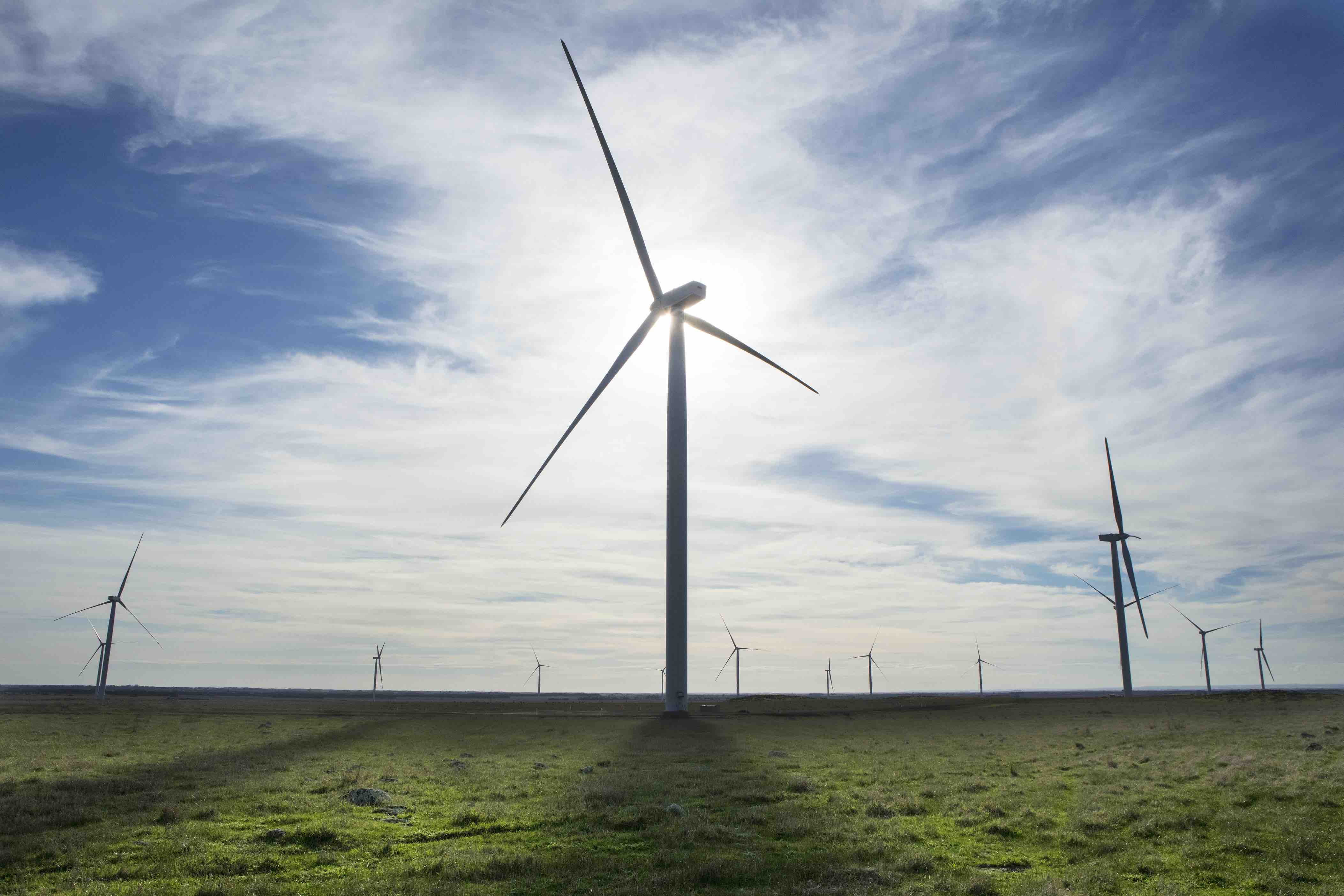Strong investments in renewable energy projects has continued to drive down electricity emissions, as wind reaches a new milestone, overtaking hydro for the first time, according to the latest National Energy Emissions Audit published by The Australia Institute.
Earlier this week, a new record level of wind generation was recorded for the National Electricity Market, spurred by strong Antarctic winds and the growth in new projects connecting to the grid.
The National Energy Emissions Audit found that wind generation had – for the month of April – overtaken hydro generation in the NEM for the first time, each accounting for approximately 7.5% of NEM generation.
It also notes that Victoria is on track to meet its 25% renewable energy target by 2020, with renewable’s market share growing almost 4% over the last 12 months, to reach 21% of the Victorian market. Victoria has also legislated a 40 per cent renewable share by 2025, and recently upped its ambition to 50 per cent by 2030.
Growth across all of the most prominent forms of renewable energy generation, covering wind, hydro, rooftop solar and large-scale solar have pushed emissions down, as generation from gas, black coal and brown coal have all fallen since 2008.
South Australia continues to have the highest share of electricity generated by rooftop solar systems, providing 8.7% of the states’ electricity, with wind and solar together accounting for more than 50 per cent. Queensland had the highest overall volume of rooftop solar generation at 3.1TWh in April.
“The latest National Energy Emissions Audit shows that investors and households are pushing Australia’s energy market in the right direction despite years of climate and energy policy paralysis,” director of The Australia Institute climate & energy program Richie Merzian said.
“Renewable energy growth in Australia over the past twelve months has reduced electricity sector emissions, which are now 21% below 2008 levels, even lower than during the carbon price period.
“Earlier this year Victoria hit a milestone of over 20% renewable energy, which is a big achievement for a state that accounts for about one quarter of the economy, workforce and population of Australia.
“Climate change is not going away and, while it is positive to see that the energy sector is witnessing a move in the right direction, Australia needs strong climate and energy policies if it is to meet its Paris obligations and stop pouring fuel onto the fire.”
Electricity contributes around one-third of Australia’s emissions, and these emissions have fallen 21% since 2008, as renewable energy continues to grow and aging coal plants exit the market.
This has contributed to an overall emissions for the Australian economy have increased each year since 2014, as was confirmed in Australia’s latest National Inventory Report, submitted to the UNFCCC secretariat.
Reductions in electricity emissions have been offset by increases in other sectors of the Australian economy, which includes increases in transport, stationary energy use (such as thermal coal use), and industrial emissions.
Increased production of natural gas has lead to a substantial increase in fugitive emissions, methane that has leaked away during gas extraction and processing, rising 9.5% in 2018.
In the updated emissions inventory report, the preliminary estimate for Australia’s total greenhouse gas emissions, including land use changers, were 537.0 Mt CO2-e in 2018, an increase of 0.4 per cent on 2017 levels.
When allowances for land-use changes are ignored, Australia’s total emissions have risen 31.8% between 1990 and 2017.
Australia has a significant advantage when accounting for land-use changes in national emissions, when 1990 is used as a baseline. In the late 80’s and early 90’s Australia undertook significant amounts of land clearing.
This activity was significantly wound back under the Hawke Government, and Australia negotiated a carbon ‘credit’ when reporting emissions under UN agreements, under the dubiously named “Australia clause“.












